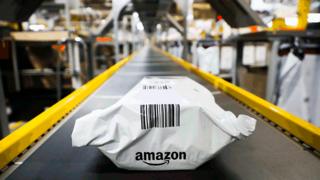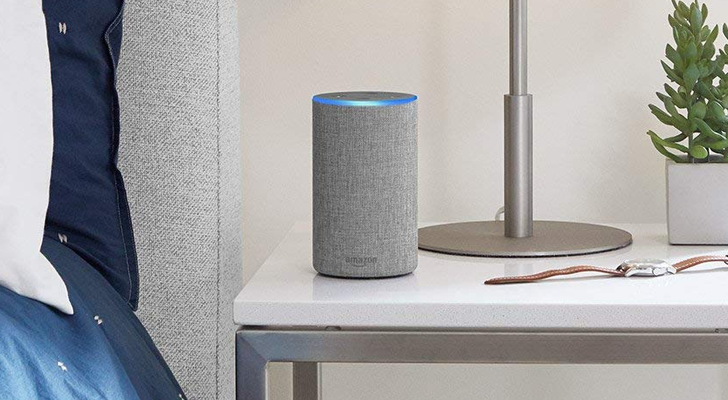 Image copyright
Image copyright
Getty Images
“There’s no guarantee that Amazon.com can be a successful company. What we’re trying to do is very complicated,” said Jeff Bezos in 1999, just five years after launching the online firm.
That the firm’s founder was so uncertain of its future seems surprising.
Today, 25 years on from when it started, Amazon is one of the most valuable public companies in the world, with Mr Bezos now the world’s richest man, thanks to his invention.
What started as an online book retailer has become a global giant, with membership subscriptions, physical stores, groceries for sale, its own smart devices and a delivery system which can get things to customers in just an hour.
So how has the Amazon empire been built?
Amazon’s innovation can be clearly seen in its financial results.
Last year, it became the world’s second-ever public company to be valued at $1 trillion, after Apple, and it has the second-highest market valuation in the world, after Microsoft.
The huge success of the online giant is also evident in its revenue.
Sale are expected to hit a record-breaking $275.06bn by the end of this year, with forecasts suggesting revenues could pass $320bn by the end of 2020.
Mr Bezos’s success has been driven by the firm’s global expansion, but mainly by expanding into a wide variety of other sectors.
Video streaming services and devices, cloud services and most recently groceries…
https://www.bbc.co.uk/news/business-48884596
















